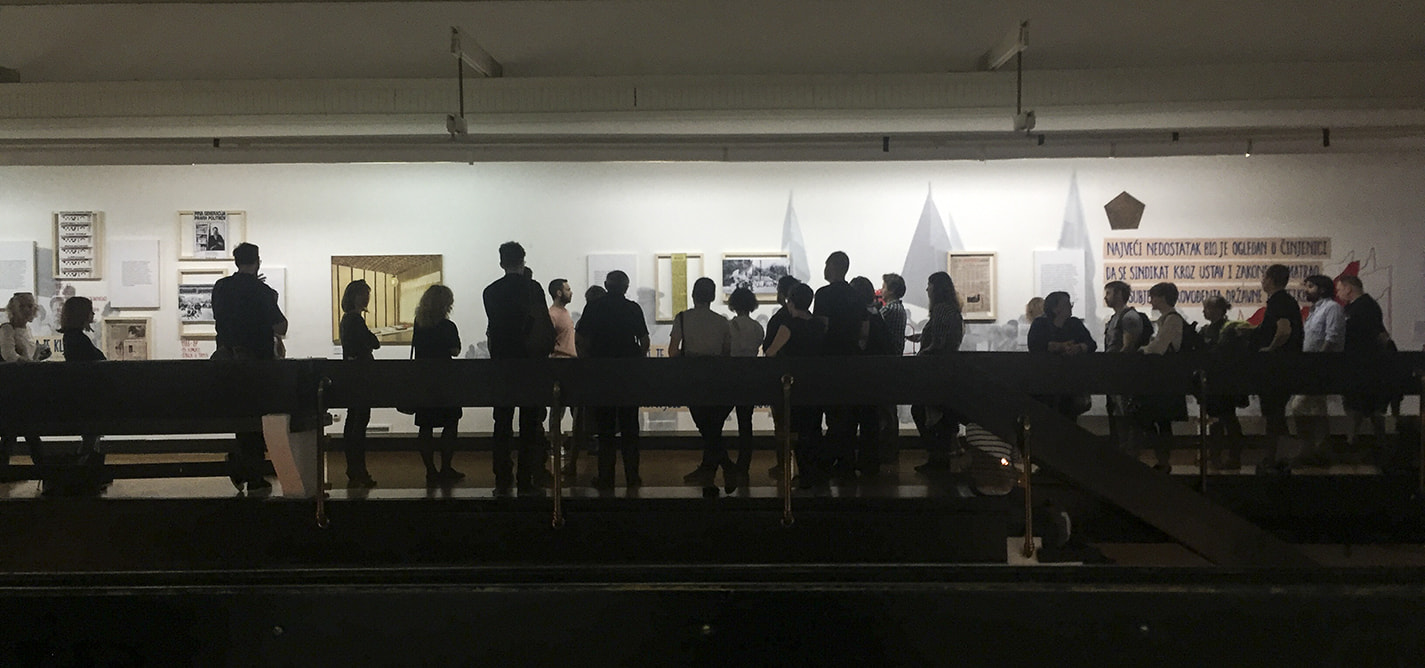
All that remains after Yugoslavia
Exhibition in Belgrade looks into the life of Yugoslav workers.
|20.06.2018
|

Jovana Georgievski
Jovana Georgievski is a Belgrade-based journalist at Vreme Weekly. Her areas of interest are migration, and Balkan narratives and their reflection on culture and everyday life. She is a Belgrade Open School alumna and speaks Russian and English.
This story was originally written in English.